Arizona Inn
Introduction
Text-to-speech Audio
Images
Arizona Inn entrance
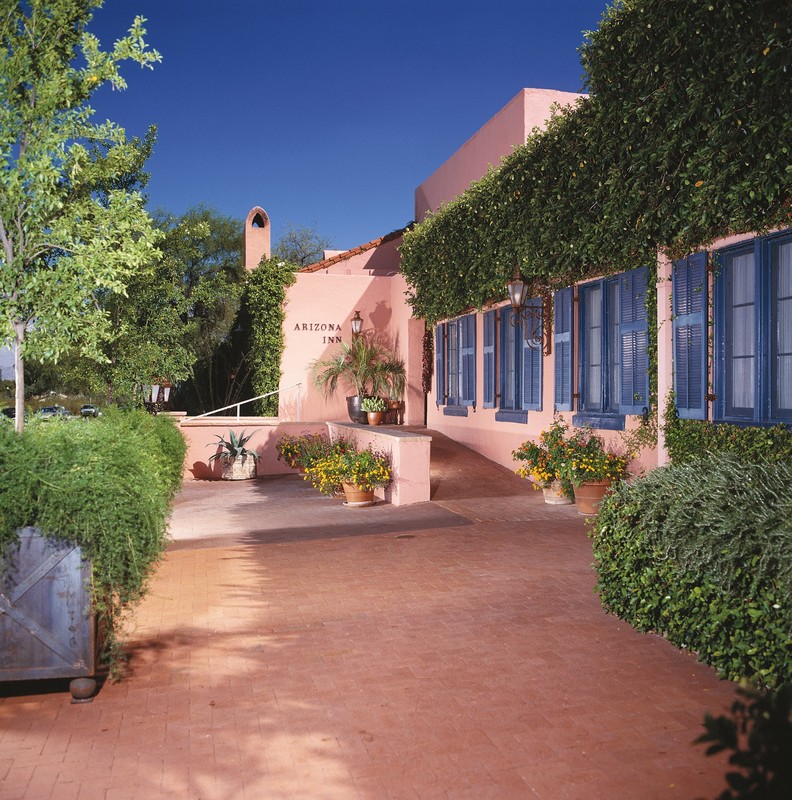
Isabella Greenway
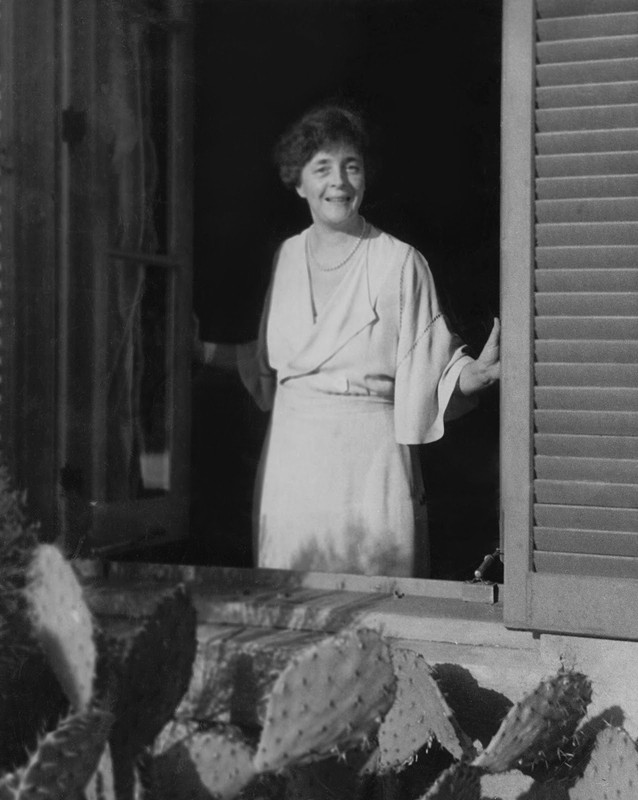
The grounds
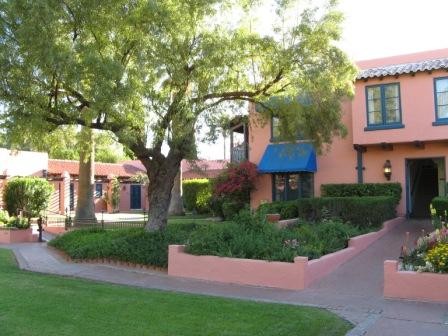
The croquet lawn, then and now.

The Inn's Library, where tea is served each afternoon.
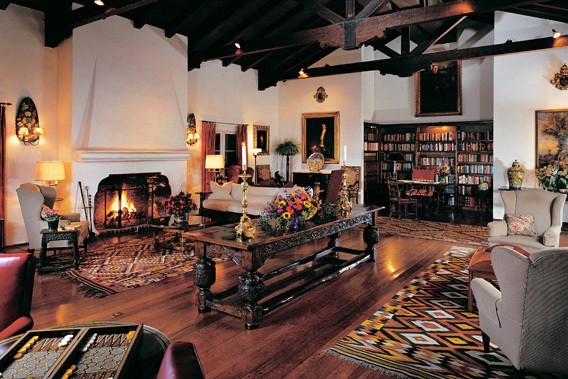
A biography of Isabella Greenway.
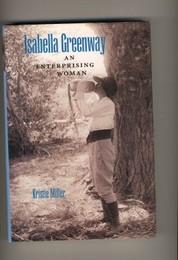
Arizona Inn entrance

Isabella Greenway

The grounds

The croquet lawn, then and now.

The Inn's Library, where tea is served each afternoon.

A biography of Isabella Greenway.

Backstory and Context
Text-to-speech Audio
As a member of the business community, Mrs. Greenway saw the pressing economic need to promote tourism. As a person concerned with aesthetics, Mrs. Greenway envisioned a different kind of hotel that would give a limited number of guests "privacy, quiet, and sunshine." The Inn opened on December 18, 1930. A second phase was started in May of 1931 and completed that November. By 1974 all the buildings were air conditioned so the guest houses could be occupied in the summer, and the Inn changed from a winter resort to a year-round operation.
Financed with her own money at the start of the depression era, Mrs. Greenway's Arizona Inn was an immediate success with both tourists and Tucson residents who use its facilities for meetings, weddings, charity events, and celebrations of all kinds. In addition to being listed among 34 best hotels in America, it is a well-loved Tucson landmark. It has always had a policy of not revealing names of guests, but the Library is often the background for television interviews with prominent national newsmakers. Eleanor Roosevelt, Spencer Tracy, Marian Anderson, and John D. Rockefeller are known to have been guests. (5)
Landscaping
Mrs. Greenway's dominant idea was to build small houses set around a garden. With the assistance of landscape architect James Oliphant, she created a park where the one and two story buildings are masked by tall hedges and trees. The cool green of the leaves softens the bright pink of the walls, and the spatial relationships appear to change in the play of the light and shadow on the angles of the buildings.
In the center is an open space for lawn and flower gardens which balances the mass of the Main Building and gives an unobstructed view of the surrounding mountains. The perimeter of the site is enclosed by tall oleander or privet hedges and low pink adobe walls. Except for the flowers, plants were chosen because they are native species or have adapted to Tucson's arid climate. Included are cypress, palm, mesquite, palo verde, and citrus trees. The buildings and gardens follow the contour of the land.
The Inn grounds now comprise a rich landscaped environment, an oasis in the desert. The feeling is formal but natural, an idealic representation of native desert plantings. Bermuda grass lawns (winter-seeded with rye grass), well-trimmed ornamental shrubs, bedding plants, and mature shade trees are the principle features. Walled yards and courtyards are a common design element. Walls are masonry types consisting of exposed brick, stuccoed brick, and tile. Other design features are paths paved with brick and tile, colorful wall decorations, fountains, and iron work that has its roots in Tucson's Hispanic heritage. (5)
